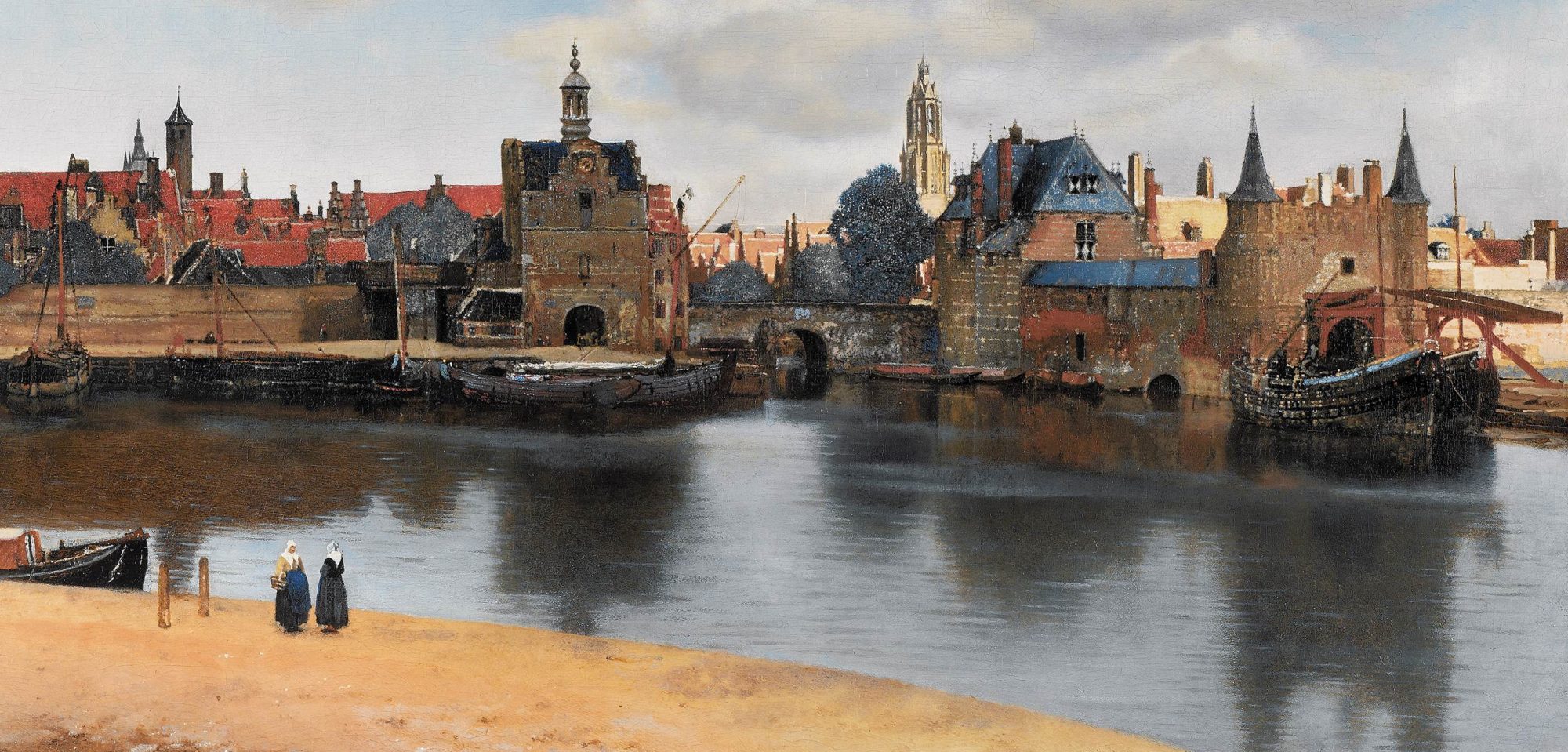The Chrysler Museum of Art alongside The Hague in Norfolk, Virginia … and one that got away.
“The history of the Chrysler Museum includes stories of 19th century feminist visionaries & a mid-20th century penny drive by schoolchildren to buy a single Renoir that was about the size of a paperback book.
“Clearly, everything moved to a new level when Walter Chrysler, Jr. came to town.”
Walter P. Chrysler, Jr., born in 1909 and the son of the founder of the Chrysler Corporation, met, as a young man, leading avant-garde artists in Paris. Retiring from active business in 1956 (he served as President of New York’s Chrysler Building from 1935 to 1953), he devoted himself to the arts.
Mr. Chrysler’s wife, Jean Outland Chrysler, was born and raised in Norfolk. In part influenced by her, Walter Chrysler agreed in 1971 with the City of Norfolk to gift thousands of his works of art to the Norfolk Museum of Arts and Sciences, to be re-named the Chrysler Museum of Art.
Before he relocated his collection, however, Mr. Chrysler, “who once owned a couple hundred Picassos,” traded works – some good trades, some not so good.
He also was generous with institutions such as the Museum of Modern Art in New York and Chicago’s Art Institute of Chicago.
Gustave Caillebotte’s “Paris Street; Rainy Day” of 1877 was for years owned by the descendants of Caillebotte.
The painting was acquired by Walter P. Chrysler, Jr. in the 1950s.
It was then acquired by and entered the collection of the Art Institute of Chicago in 1964.
C’est dommage. 🙁
Wrote The New York Times art critic John Russell:
“It would be difficult to spend time in the Chrysler Museum and not come away convinced that the most underrated American art collector of the past 50 years was the late Walter P. Chrysler, Jr.”
See:
- “Chrysler Museum of Art”
- “Fun Facts: Paris Street; Rainy Day,” Katie Rahn, @artinstitutechi, 22 May 2015
#art #artmarket #museums #chryslermuseum #collection #portfolio #norfolk #virginia #gustavecaillebotte #caillebotte #picasso #artinstituteofchicago #chicago #paris #impressionism #arthistory #history #newyork #chryslerbuilding #amsterdam #thehague #berlin #hongkong #shanghai #seoul #tokyo #dubai #realestatedevelopment #luxury #architecture #design #philanthropy
